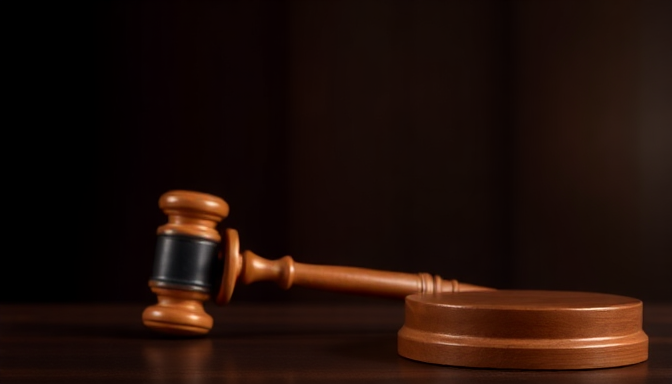
Rules of Evidence in Civil and Criminal Cases
The rules of evidence in civil and criminal cases serve as the backbone of judicial proceedings, ensuring that the presentation of facts is both fair and reliable. In civil cases, the emphasis is often on the balance of probabilities, requiring parties to present evidence that tilts the scale in their favor. This standard contrasts with the stricter burden of proof in criminal cases, where the prosecution must establish guilt beyond a reasonable doubt. These differing standards reflect the varying stakes involved, with civil cases typically addressing disputes between private parties, while criminal cases involve the state’s authority to impose penalties for violations of public law.
Understanding the procedural rules governing evidence is critical for legal practitioners navigating both civil and criminal cases. In civil litigation, rules such as those governing the admissibility of hearsay, expert testimony, and documentary evidence play a pivotal role in shaping the outcome. Similarly, in criminal trials, the rules surrounding confessions, witness credibility, and the exclusion of unlawfully obtained evidence are central to upholding the rights of the accused while ensuring justice is served. Mastery of these rules allows lawyers to effectively advocate for their clients and anticipate potential challenges from opposing counsel.